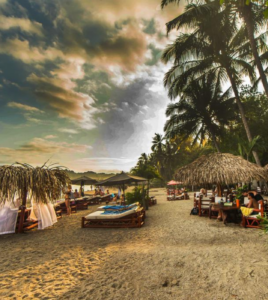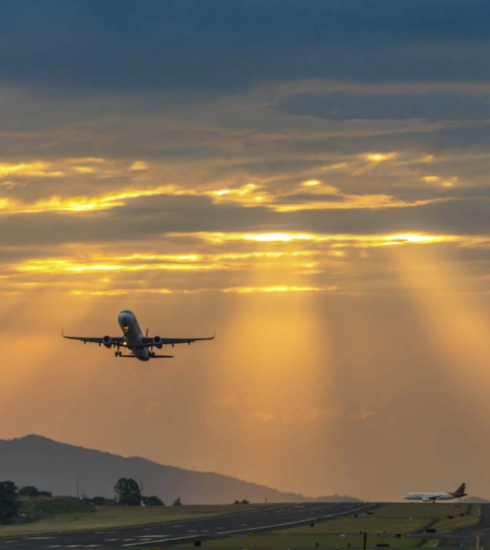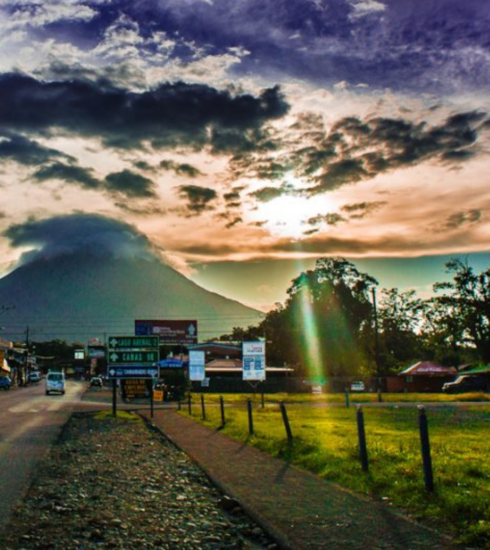Costa Rica Medical Tourism

What is Medical Tourism?
Medical tourism (also known as medical travel or health tourism) involves traveling to a foreign country for a medical procedure.
Historically, medical tourism was less tourism and more medical—patients from less developed nations traveled to Europe or the U.S. for medical procedures that were unavailable in their own country.

- There are many reasons why people travel for medical procedures.
- From dental work to cosmetic surgery, there is a wide range of medical procedures offered in Costa Rica.
- The waiting time for medical procedures in Costa Rica is minimal. As opposed to places like Canada where you may have to wait several months for surgery, procedures in Costa Rica can be arranged to fit your schedule.
In 2023 over 6 million Americans went abroad for care and by 2030 that number is expected to exceed 14 million
Medical Tourism Stats 2023
These days, however, things are different. People from developed countries like the U.S. and Canada are increasingly traveling abroad for medical procedures. Drawn by affordable prices, convenient travel options and short wait times, these people are getting the dental work, specialty surgeries, and check ups that they need. The doctors are high-quality (many have been trained in the U.S.) and the facilities are top-notch.
Learn MoreDue to inefficiencies in the healthcare system of their home country, there may be extensive wait times for a procedure. This is the case in Canada, where in 2012 the average wait time between referral and procedure was almost 18 weeks. Cost is another huge factor. Often times, the cost of a procedure abroad is around half the price of the same procedure at home—even with the added expenses of travel, patients typically save a large sum of money. Insurance factors into the equation as well. Some people may be uninsured or underinsured, or want elective surgeries that their insurance provider will not cover. In cases like this, people travel abroad to receive treatment that would be too expensive at home.
As the world becomes increasingly more connected, travel is getting easier and more affordable. The cost and duration of a flight to Central America is now comparable to domestic travel. This has made combining a vacation with medical treatment much more enticing and realistic.
Rising healthcare costs in the 1980s and 1990s lead patients to look overseas for more affordable options. The close proximity and high standard of care in Costa Rica began to attract medical tourists, especially for dental work. During this period, Americans began traveling to Central America to get dental work that was not covered by their insurance or that they could not afford.
Costa Rica’s medical tourism industry continued to grow. Today, Costa Rica is one of the most reliable, affordable and efficient countries for medical procedures. In 2011, San José, the capital of Costa Rica, registered 46,474 foreign patients. The number of medical tourists in Costa Rica is expected to continue rising. Nearly one-quarter of Americans now have passports and flights to Central America are more affordable than ever.
Costa Rica has high-quality doctors and dentists, many of whom were trained in the U.S. and are fluent in English. Although there are dentists and doctors throughout Costa Rica, the majority of procedures are carried out in San José. San José has the country’s best clinics and hospitals, including the CIMA, Católica and Bíblica hospitals.
TYPES OF PROCEDURES
From dental work to cosmetic surgery, there is a wide range of medical procedures offered in Costa Rica.
The second word in the phrase “medical tourism” is important. Traveling to Costa Rica for a medical procedure also allows you to explore a foreign land. Costa Rica is a vibrant country that draws people from around the world. They come to hike in its rainforests, lounge along its beaches, and relax in its hot springs. It is also a place with more biodiversity than most everywhere on Earth—during your time here, you may spot monkeys hanging from trees or herons walking through estuaries.
Costa Ricans, known locally as ticos, are friendly and approachable. They welcome visitors with a smile and are keenly interested in showing travelers their country. If you’ve never practiced Spanish outside a classroom, this is a good place to start. The people are patient and helpful with those who attempt to speak their language.
Aside from the natural and cultural attractions of Costa Rica, the country has top-notch recovery facilities and spas. These places offer a comfortable and supportive environment for patients to recover after a procedure. Many have 24-hour nursing services, all-inclusive meal plans, and massage parlors.
The waiting time for medical procedures in Costa Rica is minimal. As opposed to places like Canada where you may have to wait several months for surgery, procedures in Costa Rica can be arranged to fit your schedule. The doctors and clinicians are flexible and are sometimes willing to adjust their schedule to see a foreign patient.












